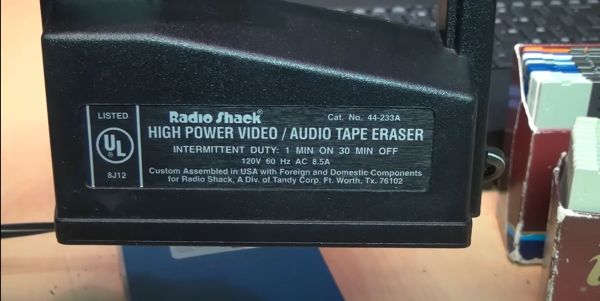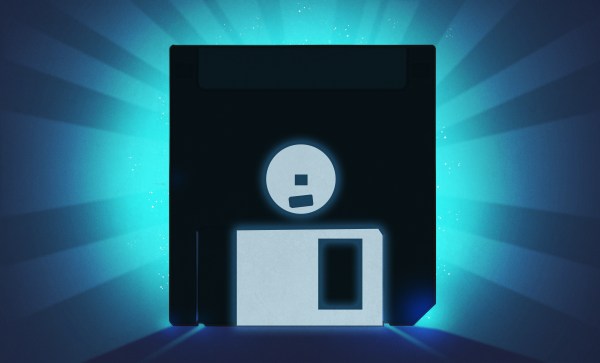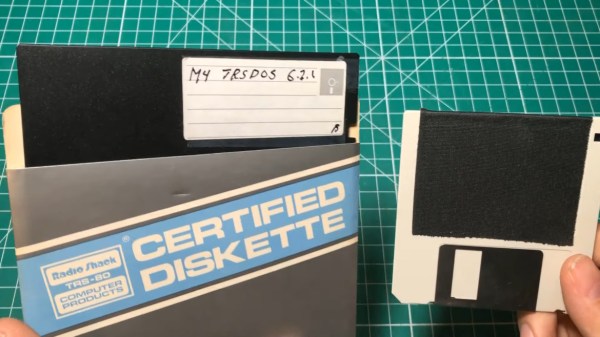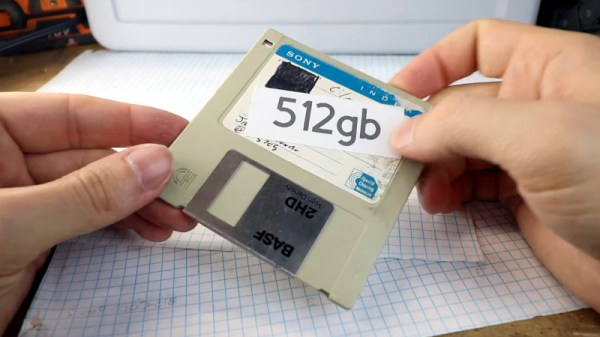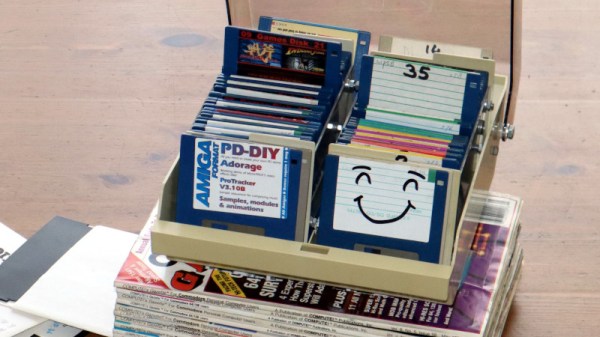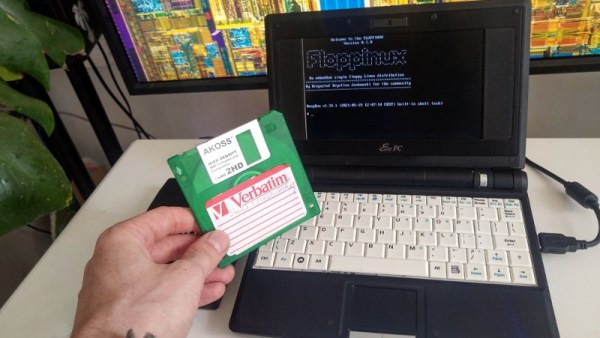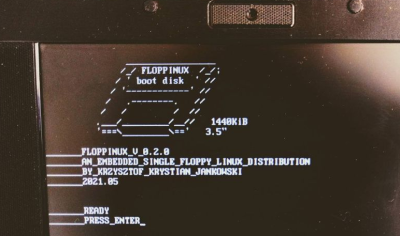With the last manufacturer of 3.5″ floppy disks (FDs) having shut down in 2010, those who are still using this type of storage medium for production and/or retrocomputing purposes have to increasingly rely on a dwindling stack of new old stock, or the used market. With the purported unreliability of this type of magnetic media in mind, what are the chances of a box of used FDs — whether DD or HD format — still working in 2023? That’s the question which [VWestLife] set out to answer in a recent video when he bought a stash of these real-life save icons in 720 kB format from eBay.
To his delight, he found that he could read most of the disks without issues, revealing contents that had been on there since the 1990s. All but four also could be formatted without issues, the problematic disks reported bad sectors, which was a bit of a bummer. As a practical demonstration of how fun magnetic media is, he then proceeded to try and fix these four disks with a bulk eraser tool. This is a rather brute-force tool that uses a rapidly fluctuating electromagnetic field to scramble the bits on magnetic media.
As the cause of reported bad sectors and other issues can be due to sector alignment issues from years of constant writing by different drives, this may sometimes fix a disk. In this case one of the bad disks was fixed, while a second still showed bad sectors while the remaining two refused to format at all. Assuming one can get a box of old FDs for cheap and has a few hours to kill, it’s not a bad way to refill that stack of empty FDs.
Of course if you can’t fix that old floppy, you can always make an IR filter out of it.
Continue reading “Checking Out And Reviving A Batch Of Used Floppy Disks”

